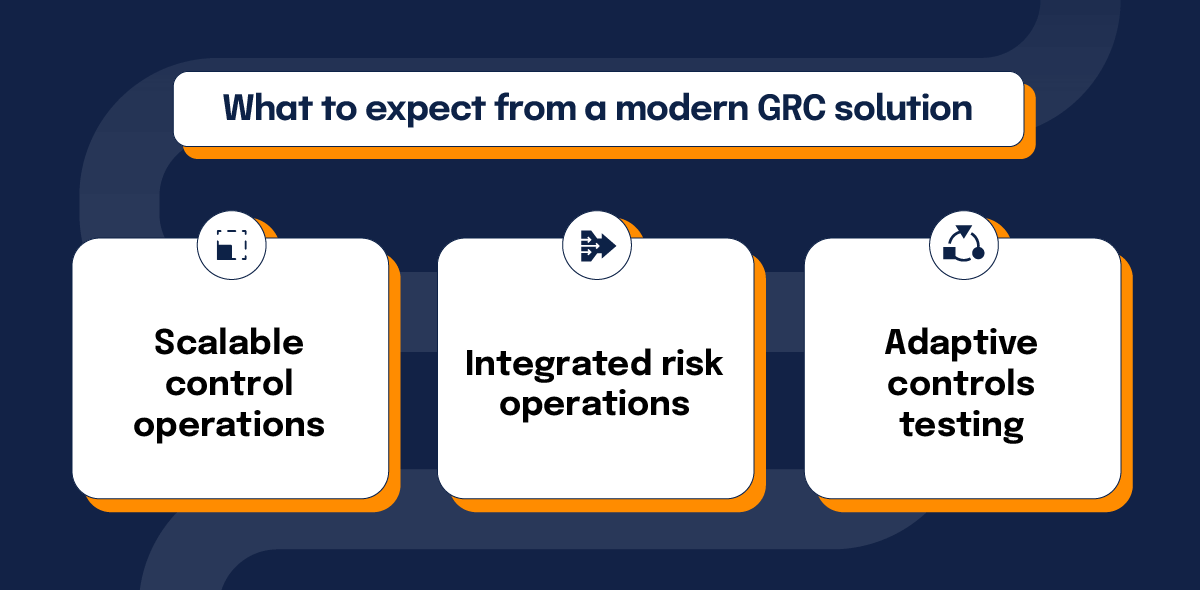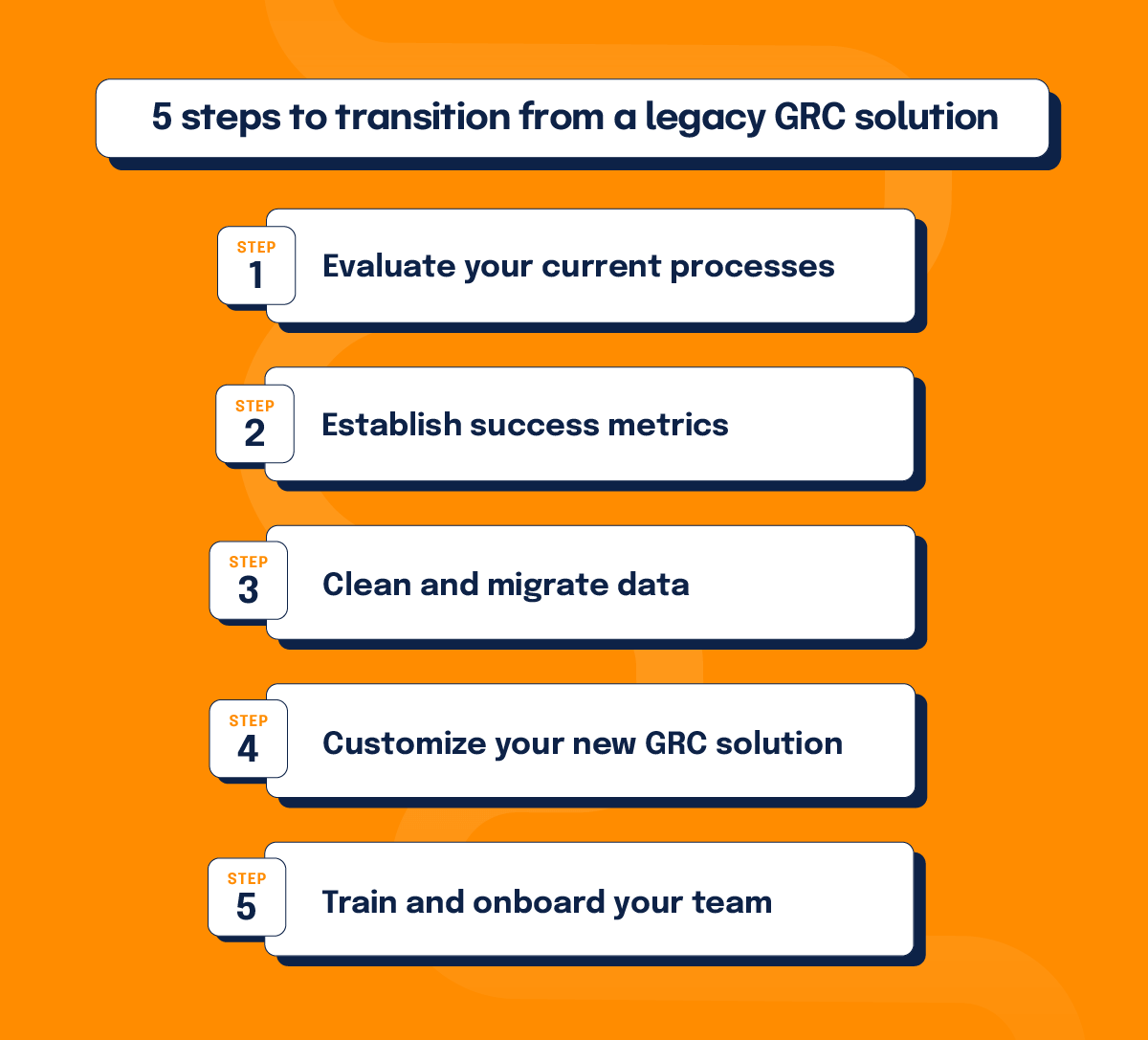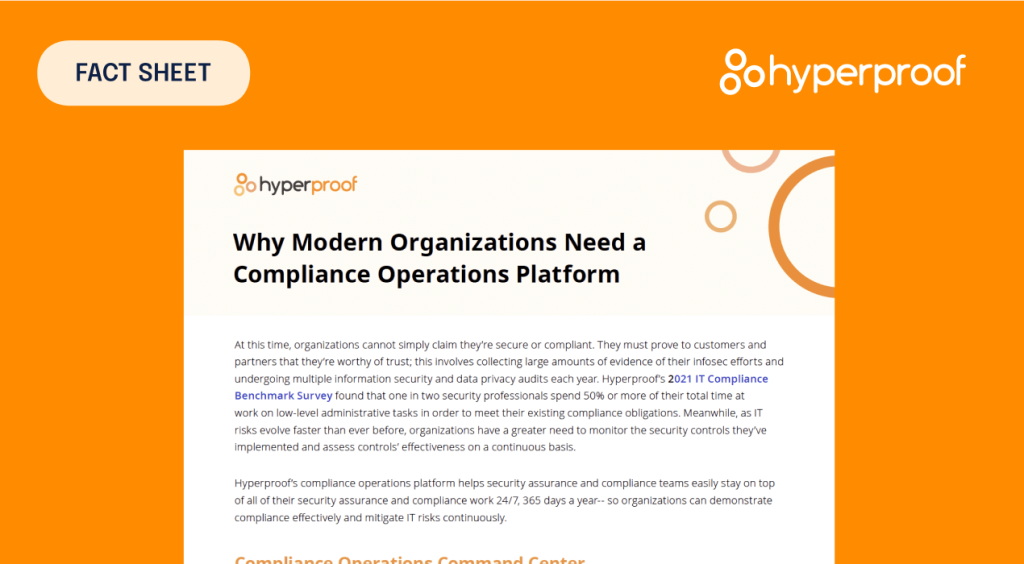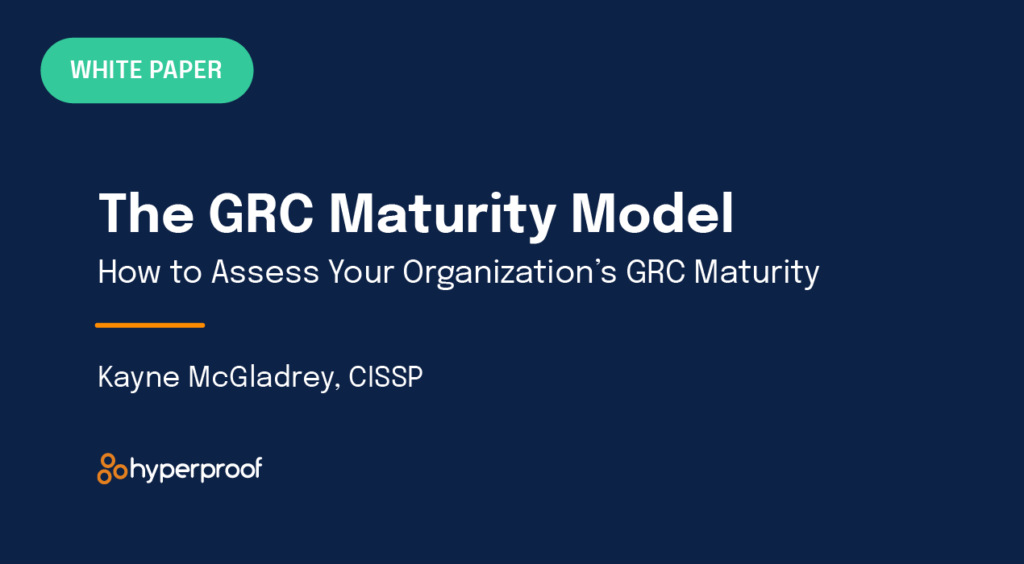Is It Time to Move on from Your Legacy GRC Solution?

Is your organization stuck with a legacy GRC solution that feels more like a blocker than an innovator? You’re not alone. Many companies today find themselves with outdated GRC systems that were once cutting-edge but now fall short of supporting the complex, evolving demands of modern business operations.
So, what do you do if you’re stuck with a legacy GRC solution? How can organizations move beyond the inefficiencies, high costs, and inflexibility of these systems? Let’s explore the challenges you may be facing and discuss why transitioning to a more modern, robust GRC platform could be the way forward.
If you want to explore this topic in more detail, you can also download our new eBook, What to Do If You’re Stuck with a Legacy Solution.
What to Do If You’re Stuck with a Legacy Solution

The pain points of legacy GRC solutions
Many organizations invest heavily in a legacy GRC platform, but over time, they’ll notice it becomes more of a burden than a benefit. As the organization scales, legacy GRC solutions often have a hard time keeping up.
Here are some of the biggest challenges companies face with legacy GRC systems:

Outdated user interfaces
Is your team spending too much time trying to navigate an overly complex, clunky interface? Legacy systems can be hard to use, leading to frustration and wasted time.
Lack of flexibility
Compliance needs change over time, but if your GRC system doesn’t adapt to your organization, you’re stuck trying to fit square pegs into round holes. Legacy platforms are often built with a one-size-fits-all approach, leaving little room for customization.
Inability to scale
As your company grows, so should your GRC solution. If it can’t scale easily — adding users, expanding to new markets, or integrating new frameworks — you’ll struggle to keep up with regulatory demands.
These are just a few of the pain points that come with legacy solutions. But what’s the alternative? And more importantly, how do you make the switch?
Why modern GRC solutions are a game-changer
Legacy GRC solutions have limitations that were acceptable a decade ago but are out of sync with today’s fast-paced regulatory environment. Modern GRC platforms like Hyperproof offer the agility, integration, and user-friendly experiences that modern organizations require.
Here’s what to expect from a modern GRC solution:

- Scalable control operations: Seamlessly scale a common control set across multiple products to minimize control redundancy
- Integrated risk operations: Integrate control health data with multiple risk registers to continuously monitor real-time risks
- Adaptive control testing: Automate workflows to test control validity to enable efficient and repeatable processes
The right GRC platform does more than help an organization achieve compliance. It integrates seamlessly with the tools your teams are already using, scales as your business grows, and provides the flexibility to adapt to new challenges.
5 steps to transition from a legacy GRC solution
Transitioning to a modern GRC solution is an excellent step in the right direction for any organization looking to streamline compliance operations and improve risk management. But where do you start? Here’s a quick roadmap:

1. Evaluate your current processes
Start by taking a hard look at your current GRC processes. Where are the bottlenecks? What tasks are eating up too much time? Identify the areas where a modern solution could have the biggest impact.
2. Establish success metrics
Establish goals for what you want to achieve. Are you looking to reduce manual processes by 30%? Cut down on compliance errors by 50%? Clear metrics will help guide your transition and ensure you’re seeing real improvements.
3. Clean and migrate data
One of the most critical steps in switching platforms is data migration. Clean and organize your data before moving it to a new system to ensure everything runs smoothly post-transition.
4. Customize your new GRC solution
Modern GRC platforms allow you to tailor controls and frameworks to fit your specific needs. Use this opportunity to create a system that aligns perfectly with your organization’s compliance requirements.
5. Train and onboard your team
As with any new tool, proper training is essential for successful adoption. Start with key stakeholders, and then gradually onboard the rest of your team to ensure everyone is comfortable with the new system. Your dedicated Hyperproof CSM will help you through this process.
Ready to explore alternatives to your legacy GRC solution?
If you’ve been nodding your head while reading this, it’s probably time to consider making the switch to a modern GRC solution. Legacy platforms may have served their purpose, but they’re simply not built for the demands of today’s regulatory environment. With a modern platform like Hyperproof, you’ll not only meet compliance requirements more efficiently, but you’ll also be better prepared for the future.
Want to learn more about how to make the transition from a legacy GRC solution? Download our free guide, What to Do If You’re Stuck With a Legacy GRC Solution, and learn more about how a modern GRC solution can help your organization streamline compliance, reduce risk, and scale for the future.
See Hyperproof in Action
Related Resources
Ready to see
Hyperproof in action?












